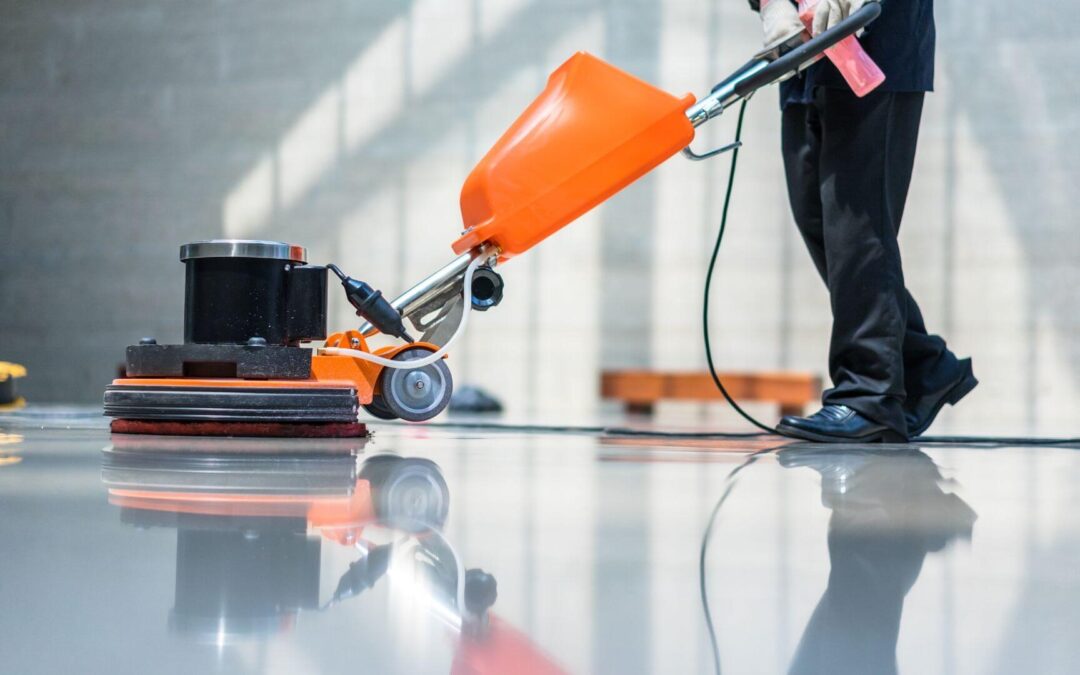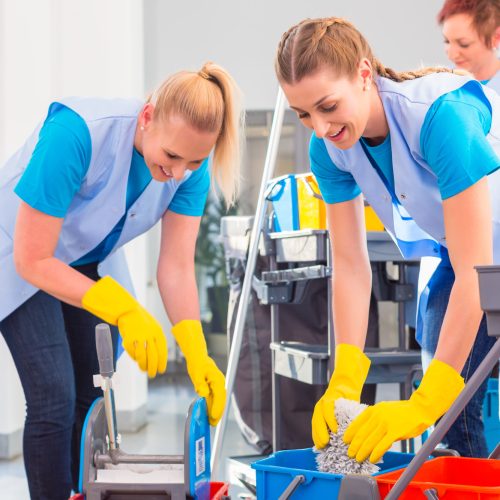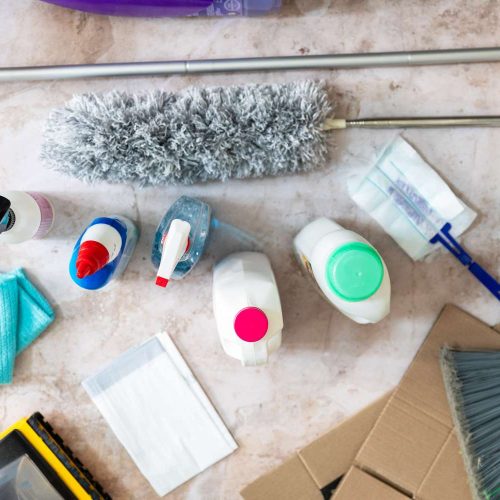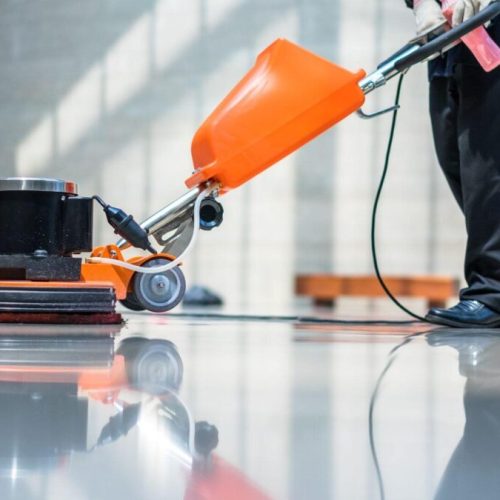Cleaning in schools and educational institutions goes beyond aesthetics. Clean school environments are essential for the health of students and staff, preventing diseases, allergies, and promoting a safe space for learning. To make this process effective, careful planning and well-defined strategies are necessary.
1. Developing a Cleaning Plan
Before starting any cleaning work, it is essential to create a detailed plan that includes:
- Division of areas: classrooms, restrooms, cafeterias, hallways, and outdoor spaces.
- Cleaning frequency: daily, weekly, and monthly schedules.
- Proper products and equipment for each type of surface and environment.
2. Defining Cleaning Routines and Procedures
Each area of the school requires specific cleaning procedures:
- Classrooms: daily cleaning of desks, doorknobs, and whiteboards. Floors should be swept and sanitized.
- Restrooms: constant disinfection of toilets, sinks, and faucets to prevent germ proliferation.
- Cafeterias: thorough cleaning of tables, chairs, and floors after each meal.
- Outdoor areas: trash removal, cleaning of playground equipment, and benches.
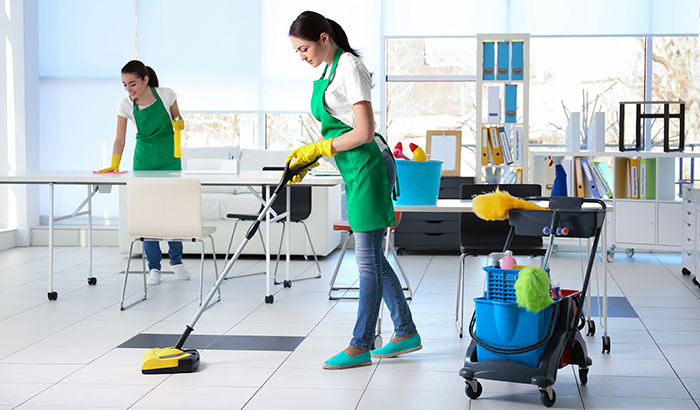
3. Using Proper Equipment and Products
Selecting the right materials makes a significant difference. Microfiber cloths, wet mops, vacuum cleaners, and specific disinfectants help optimize the process and ensure efficiency.
4. Training Cleaning Staff
Training staff ensures that cleaning protocols are followed correctly. This includes:
- Proper use of cleaning products.
- Safety measures such as using PPE (gloves, masks, and aprons).
- Best practices to avoid waste and cross-contamination.
5. Monitoring and Quality Control
To maintain cleaning efficiency, it is important to create a schedule for regular inspections and gather feedback from students, teachers, and staff.
By following these guidelines, schools can provide a safer and healthier environment for everyone.
